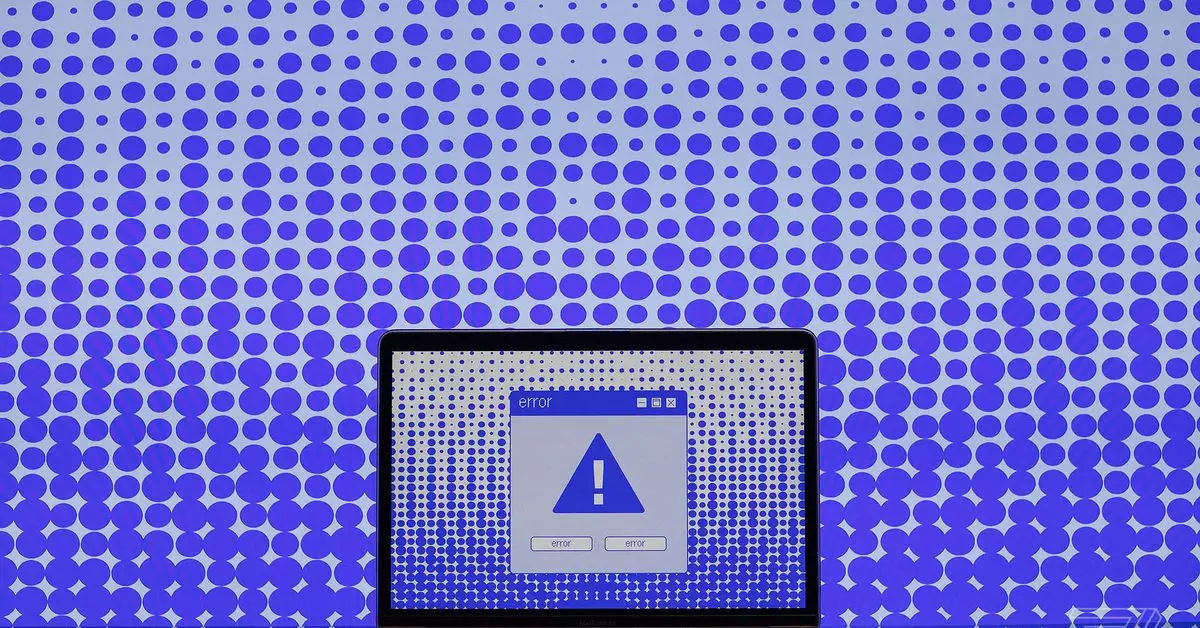Recently, the Internet Archive, a cornerstone of digital preservation and access to information, faced a serious cyberattack that resulted in the temporary shutdown of its vast digital library and the popular Wayback Machine. Founder Brewster Kahle provided an update indicating that this attack was a combination of a data breach and a Distributed Denial of Service (DDoS) attack. These events are particularly alarming given that they exposed sensitive information associated with over 31 million unique email addresses, including email identifiers, screen names, and timestamps for password changes. This breach emphasizes the vulnerability of established digital platforms, highlighting that even significant institutions are not immune to cyber threats.
As users attempted to access the Internet Archive’s website, they were met with a notification indicating that the services were “temporarily” offline—an unprecedented situation for a resource that thrives on its accessibility. The Wayback Machine, which offers invaluable access to archived versions of web pages and resources, was also rendered inaccessible during this period. This situation not only impacts individual users but also raises concerns about the preservation of internet history. Kahle reassured users that, while the services are currently offline for examination and improvement, the stored data remains secure. Such communication is vital during crises as it reassures users of the organization’s commitment to their information security.
In the wake of the attack, the Internet Archive has likely intensified its collaboration with cybersecurity experts to explore several aspects of its infrastructure that may have contributed to this breach. In an environment where digital privacy and information security are under constant scrutiny, organizations must not only address breaches reactively but also integrate proactive measures to prevent future incidents. Kahle’s communication reinforced that the organization is taking necessary steps to bolster its security, a crucial aspect for regaining user trust.
This incident serves as a wake-up call for digital libraries and similar institutions worldwide. As more organizations shift to online platforms, the risk of cyberattacks increases substantially. The Internet Archive’s situation underlines the importance of implementing robust cybersecurity measures, periodic testing of security protocols, and transparent communication with users about data safety. Furthermore, it emphasizes the need for communities to support digital preservation initiatives while recognizing the importance of protecting sensitive user information.
With an estimated timeline for restoration of only a few days—rather than weeks—Kahle’s announcements provide a glimmer of hope for users who rely on the Internet Archive for their research, education, and historical inquiries. This resilience, fortified by a commitment to enhance security measures, suggests that the platform will emerge from this incident even stronger. As the Internet Archive prepares for a robust comeback, its ongoing efforts to protect user data will serve as a model for other digital platforms facing similar challenges in an increasingly digital age.

